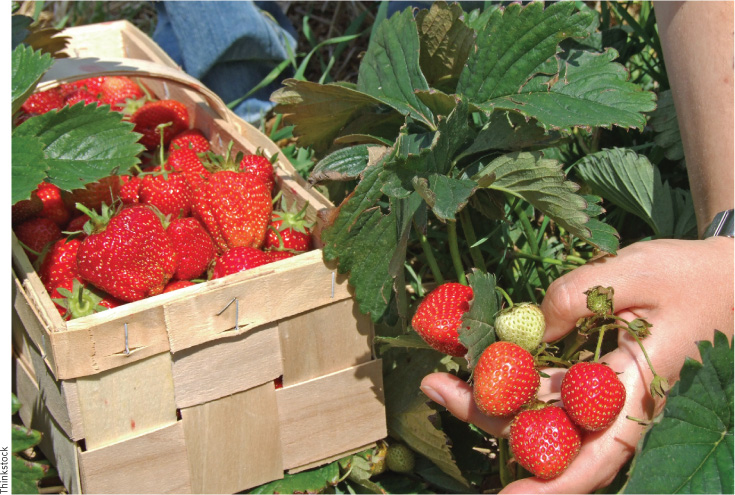Perfect Competition and the Supply Curve
12
What a perfectly competitive market is and the characteristics of a perfectly competitive industry
How a price-taking producer determines its profit-
maximizing quantity of output How to assess whether or not a producer is profitable and why an unprofitable producer may continue to operate in the short run
Why industries behave differently in the short run and the long run
What determines the industry supply curve in both the short run and the long run
DOING WHAT COMES NATURALLY

FOOD CONSUMERS IN CANADA are concerned about health issues. Demand for natural foods and beverages, such as bottled water and organically grown fruits and vegetables, increased rapidly at an average growth rate of 21% per year since 2006. The small group of farmers who had pioneered organic farming techniques prospered thanks to higher prices.
But everyone knew that the high prices of organic produce were unlikely to persist even if the new, higher demand for naturally grown food continued: the supply of organic food, although relatively price-
Where does the supply curve come from? Why is there a difference between the short-
Our analysis in this chapter assumes that the industry in question is characterized by perfect competition. We begin by explaining the concept of perfect competition, providing a brief introduction to the conditions that give rise to a perfectly competitive industry. We then show how a producer under perfect competition decides how much to produce. Finally, we use the cost curves of the individual producers to derive the industry supply curve under perfect competition. By analyzing the way a competitive industry evolves over time, we will come to understand the distinction between the short-